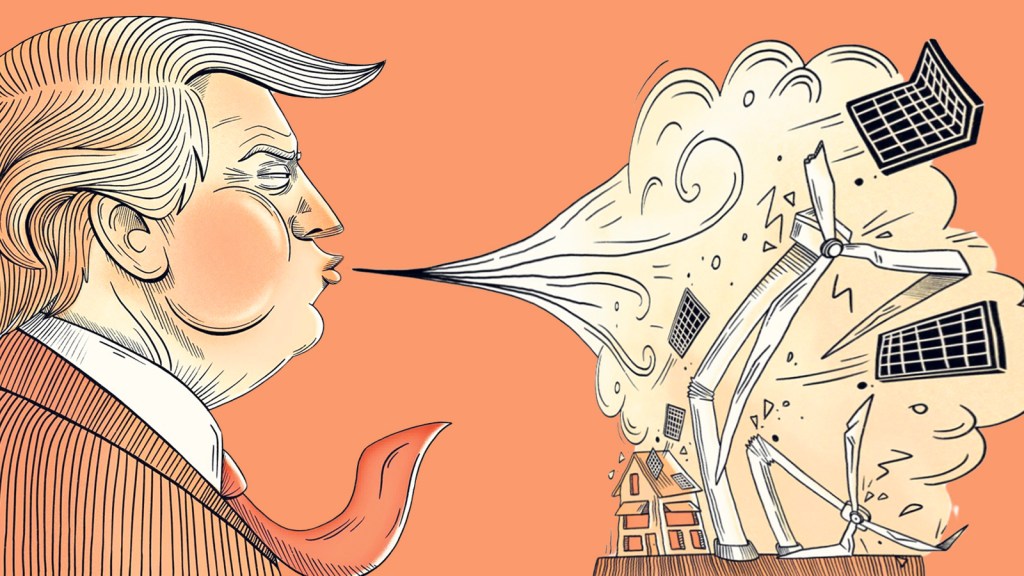Innovation Required in Defence Sector as Threats to Britain Escalate
On January 8, 1945, a V2 rocket launched by Hitler hit the historic London Stock Exchange headquarters at Capel Court, where it had operated for 144 years. The strike caused significant destruction, resulting in the eventual demolition of Capel Court in 1966, and led to the stock market’s closure for a day.
The exchange resumed trading the following day in its basement.
Dame Julia Hoggett, the exchange’s chief executive, referenced this incident on Tuesday, emphasizing that resilience in the face of threats, particularly cyberattacks, is not a new concept for businesses.
Her remarks came during an event where the exchange welcomed investors, market participants, and military personnel, underlining the collective responsibility they share with the armed forces to safeguard and promote the nation’s economic prosperity.
The linkage between the financial markets and UK defence policy has become increasingly clear in the wake of Russia’s invasion of Ukraine. However, even as recently as July 2023, the industry group ADS revealed that the percentage of investment funds avoiding defence for ethical reasons surged to 91%, up from 59% in 2021.
As Hoggett described, there remains a pressing need to ensure that every segment of the market recognizes the significance of investing in the defence sector and to remove any self-imposed investment barriers. She highlighted that the Financial Conduct Authority recently clarified that UK sustainability regulations do not obstruct investments in defence firms.
Despite this, some investment professionals still harbor skepticism towards defence, a sentiment that reflects a broader concern regarding its perception as a public good. Notably, one speaker pointed out that a functioning economy relies on robust defence and security.
This skepticism is often fueled by the belief that defence spending is marred by inefficiency and waste. The Commons public accounts committee (PAC) highlighted a £16.9 billion shortfall between forecasted defence equipment costs and budget availability last year.
However, there are positive signs of reform on the horizon. The strategic defence review is set to be published in late June or early July, and current procurement reforms aim to drastically reduce the time required for acquiring planes, tanks, and ships from an average of six years to just two, and for upgrades to communications and weapon systems from three years to one.
Additionally, Andy Start, the chief executive of the MoD’s Defence Equipment and Support, outlined an initiative to accelerate the commercial use of emerging technologies, referred to as a “3-2-1 process,” where the MoD seeks three bids, conducts two trials, and then scales up the most promising capability.
This push for enhanced procurement efficiency is crucial as defence spending is projected to rise to 2.5% of GDP by April 2027.
Further defence initiatives also hold potential for growth. At the event, John Healey, the secretary of state for defence, announced a new MoD “marketplace” designed to foster innovation from inception to deployment. This initiative will collaborate with software, data, and AI providers to streamline partnerships between businesses and the MoD.
This step addresses a long-standing issue wherein less than 5% of the MoD’s direct expenditure is allocated to small and medium-sized enterprises (SMEs), compared to approximately 30% in the United States. While SMEs likely receive a larger share of overall UK defence spending through the supply chains of major contractors, there is significant room for improvement.
Healey also elaborated on the UK Defence Innovation initiative, which aims to expedite the delivery of new technologies to the field. He indicated that the organization, which has been assigned an initial annual budget of £400 million, should be operational by July.
The impetus for much of this initiative stems from the conflict in Ukraine, which has demonstrated the rapid deployment of technologies on the battlefield, particularly drones. The MoD’s Task Force Hirst initiative, launched last year, has shown the need to enhance industrial capacity to better equip Ukrainian forces and replenish UK stockpiles depleted by support to Kyiv.
To date, around £8 billion has been allocated to this initiative, encompassing approximately 50 million individual items, which have provided critical insights into industry mobilization, procurement improvements, and innovation promotion, while integrating non-traditional contractors into supply chains. According to MoD insiders, this initiative has significantly enhanced the sector’s operational capacity.
While optimism is warranted, the escalating threat landscape mandates continued rapid innovation within the sector. One speaker at Tuesday’s event likened Russia’s threat to a hurricane—immediate and disruptive—while positioning China’s influence as a long-term, evolving concern.
He emphasized, “Chinese technology is proliferating globally. Our armed forces will encounter these advancements, presenting a significant challenge.”
It is crucial for the financial sector to play an active role in this context.
The London Stock Exchange has a historical understanding of this, having sent 1,600 members and clerks to France as part of a voluntary Stockbrokers Battalion in 1914, of whom 400 did not return.
Ian King is a former Business & City Editor of The Times




Post Comment